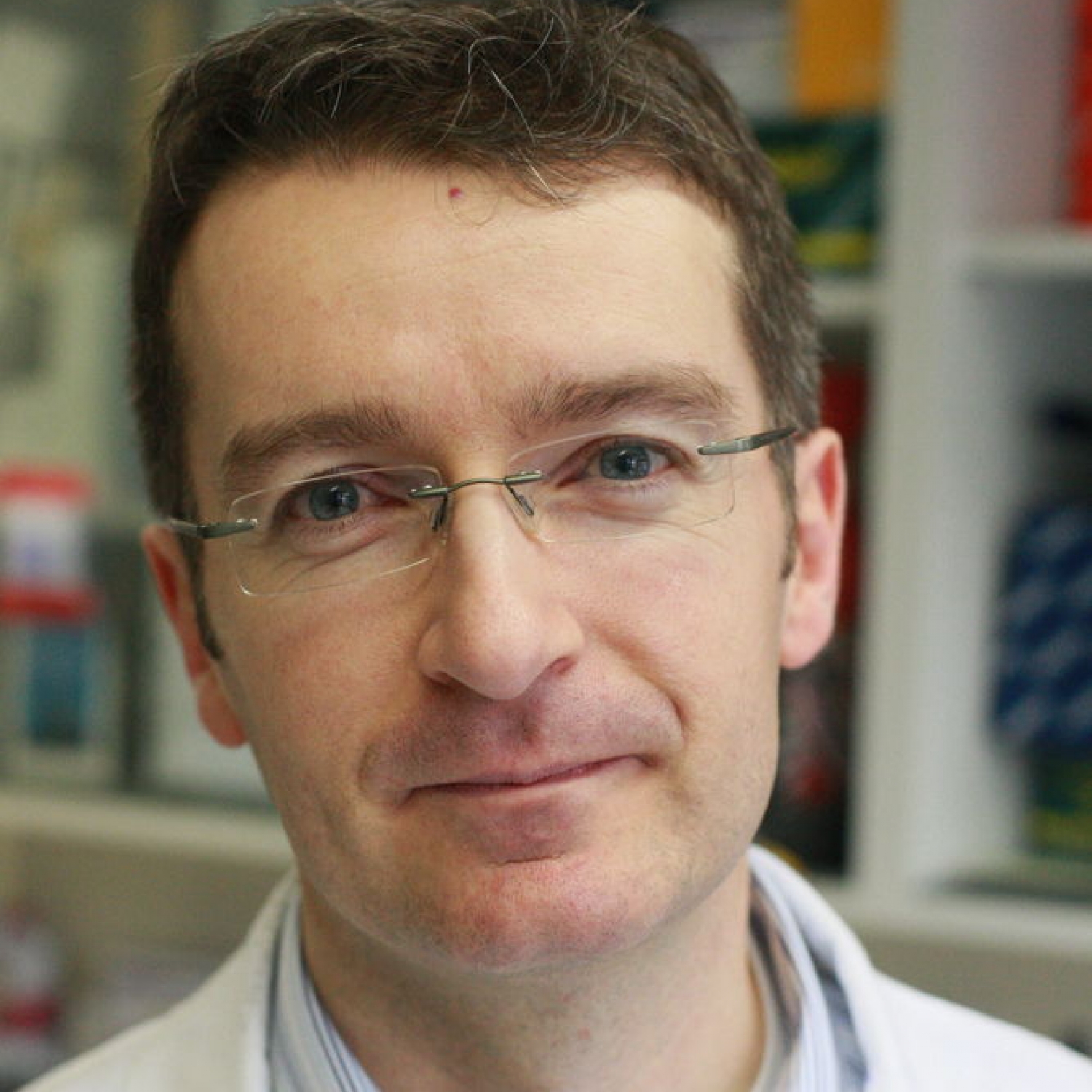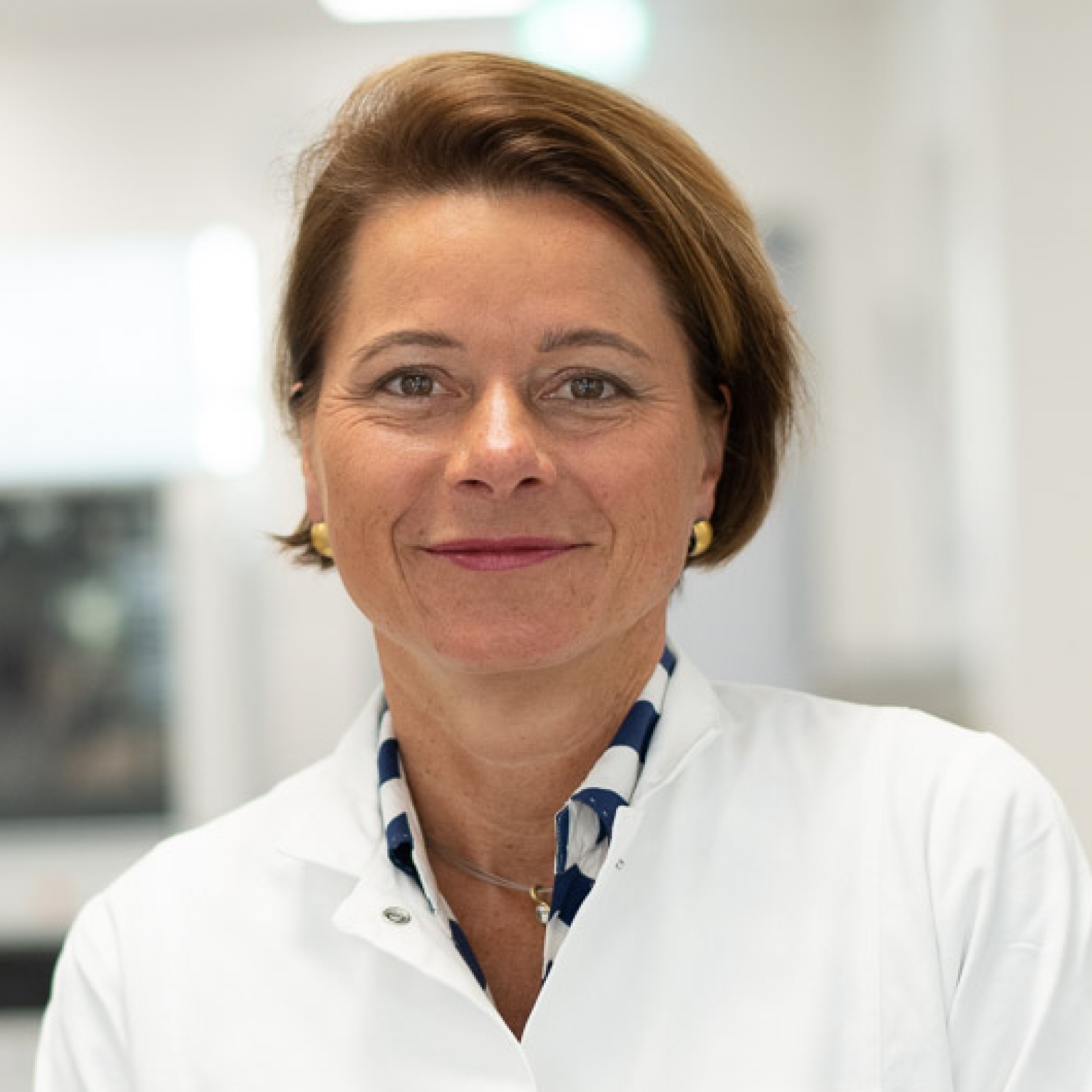Science lends a hand in the crisis: Laboratory of the University of Konstanz assists with corona diagnostics
The corona pandemic is currently pushing medical diagnostics labs nationwide to their very limits. Among them Labor Dr. Brunner in Konstanz. Between five hundred and a thousand swabs from suspected Covid-19 cases arrive here every day. Fast diagnostics is central to Germany’s strategy for containing the coronavirus.
Help is now on hand from Professor Hauck’s lab at the University of Konstanz. His team is isolating the virus’ genome from patient samples – an important step prior to the actual detection of the pathogen by means of Polymerase Chain Reaction – in short PCR.

“Through our research on human pathogens, my staff are trained in the safe handling of infectious material and our labs are excellently equipped for this purpose. We’re very pleased that we can contribute our expertise in the current crisis in order to support the health system.”
Professor Hauck, Biologist at the University of Konstanz
The university lab is currently responsible for the step known as RNA preparation. First of all, the pathogen is inactivated in such a way that the virus is robbed of its ability to cause infection, yet which leaves the pathogen’s genome intact for subsequent diagnostic detection.
After inactivation, the genome (RNA) of the virus is isolated and the prepared samples returned to Labor Dr. Brunner. Here, the RNA is transformed into more stable DNA, amplified by means of PCR and then virus-specific sequences are detected.

“Cooperation with the University of Konstanz is a tremendously important source of support, especially in the case of this unpredicted and extremely dynamic development in terms of the daily number of samples.”
Dr. med. Brunner, Labor Dr. Brunner, Konstanz
Especially a shortage of materials is a major problem for diagnostic labs at the current time. For example, fully automatic devices for the detection of the coronavirus can only be used to a limited degree. In addition, the number of samples that labs will have to analyse over the coming weeks and months is impossible to predict. As a result: When implementing the test procedure, certain steps often (and quite spontaneously) have to be done by hand, which makes flexible and rapid cooperation such as that between the University of Konstanz and Dr Brunner’s medical diagnostics laboratory all the more important.
